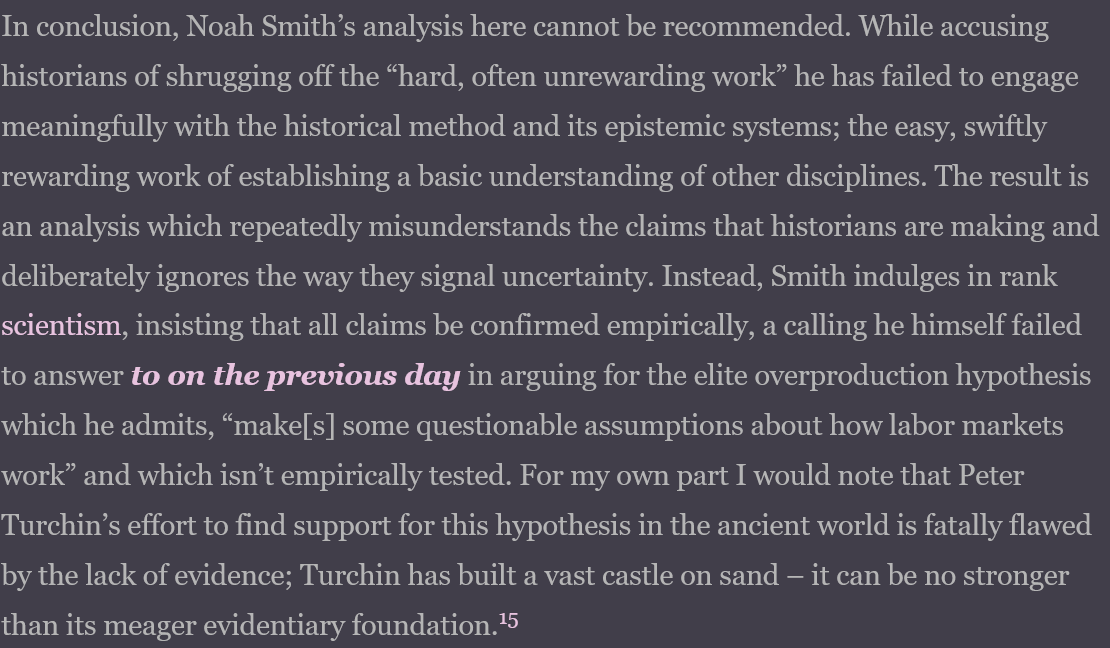SE Asian historians/archaeologists: Does this map from Higham and Thosarat (1998) "Prehistoric Thailand" reflect the current understanding of the spread of agriculture into SE Asia? 

Not a single response! Either Twitter is not the right place to ask these kinds of questions, or I am not doing it right 😧
I was NOT doing it right! Many thanks to all who responded, especially
@seaarch @keir_strickland @siwaratrikalpa @benmarwick @cylerconrad @alisonincambo
#Seshat
@seaarch @keir_strickland @siwaratrikalpa @benmarwick @cylerconrad @alisonincambo
#Seshat
• • •
Missing some Tweet in this thread? You can try to
force a refresh





